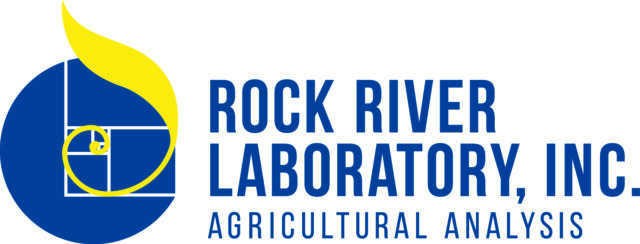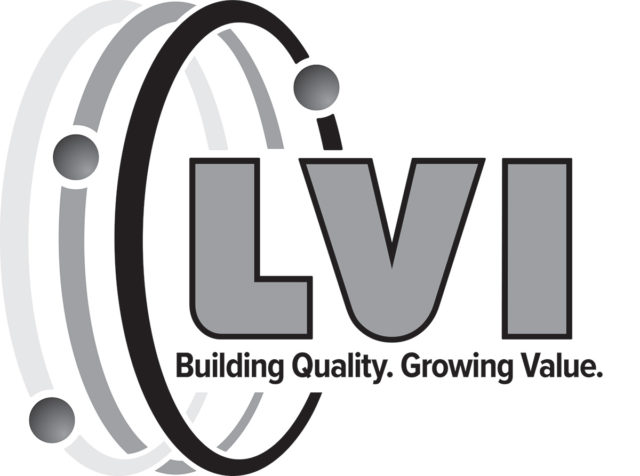It would be inaccurate to not mention the first thing I noticed about him: He was wearing purple pants. I marked this down as yet another difference.
I shook his hand, and in the awkward accent of an American speaking German, I thanked him for having us.
At the German university where I teach, I made friends with Helmut from the math department. Helmut said his old neighbor, Karl Seitzer, had a dairy farm.
After arriving at the barn, Helmut and I walked around the facilities until Karl found us. After being away from home for a few months, the smell of silage and manure was immediately nostalgic.
We walked through the alleyway as stocky brown-speckled cows with low-swinging udders reached their tongues at us. I would eventually be told that they were Fleckvieh, which translates as spotted cattle.
Later in the car, Helmut’s smartphone would disclose that they were Simmentals, a dual-purpose breed common on German farms.
They originated in Switzerland, with European Simmentals mixed with red Holsteins to produce their dairy qualities (unlike in the U.S., where 80 percent of the same breed are black and only used for beef). The Fleckvieh turned their heads to follow us.
Like the Simmental, much of Karl’s farm suggested that it was the very same act of farming, just approached slightly differently. The TMR mixer wagon was a self-propelled truck with a water hose looped over the back to add more moisture.
The front had a large rotating brush attached to its grill to save having to sweep the bunks by hand. “German efficiency,” I muttered to myself.
I had also read that cow comfort is increasingly addressed in the country. Next to the watering fountain were two large automatic rotating bristles that allowed the cows to have their backs and sides simultaneously brushed.
I was later tempted to ask if they were worth the investment, but thought it might be impolite. I wouldn’t be surprised if someone told me TMR trucks and cow brushes were reasonable in the U.S., but it was different from my experience.
I felt a little self-conscious about walking around Karl’s farm without his guidance, but when he did finally appear around the corner, he was smiling. I immediately resolved not to focus on the color of his jeans.
It was time for the evening milking, and he guided Helmut and I to the parlor. Karl’s wife was already there, a short, stocky woman with curly hair who looked me up and down with her hands on her hips.
His college-age daughter was there, too. She smiled, but avoided eye contact as she tapped on the Simmentals to get them in place.
They had 150 head but would be expanding again because the daughter wanted to stay on the farm. Helmut might have thought I was shy because I stood at the end of the parlor, but I knew to stay out of their way as they moved from one cow to the next.
They dipped and then wiped the iodine off with shreds of old T-shirts that would be thrown in a bucket and rewashed. I asked the usual questions: how many times they milked, what they grew and how the Fleckvieh milked. Helmut filled the gaps when I couldn’t find the word.
Eventually, we fell silent. They milked, and I watched them pensively. Perhaps it was the steady pulsation of the vacuum or the habits of the cattle that I recognized that made it seem so familiar.
It could have been the smell of iodine, or the stained jackets they threw on that looked like my own. Maybe it was the sound the inflations made when they grasped a teat.
Despite being in a different country with different approaches to farming, something felt overtly universal.
My best guess is that it may have been the Seitzers themselves. They worked from one cow to the next quickly and automatically, rags tucked in their hands, with a grace that comes from relentless habit.
The way they circled back in line, overlapped each other and stayed out of each other’s way reminded me of milking with my own family.
Perhaps it was even their appearance, too. He may have been wearing purple pants, but I think I could have picked Karl out of the crowd as a farmer.
I don’t know the right way to describe it – a weathered face, a resigned patience, a ruggedness – something about him had told me about the work he had done, and I had seen it in other farmers as well. It made me think that perhaps farmers are distinct in that they’re defined by what they do.
Across the globe, our respective cultures make us unique and inform our thinking and lifestyle. Still, in a German milking parlor, I wondered that if for farmers it isn’t a little bit different – if the act of farming itself is what shapes us the most, regardless of geography.
I took one more familiar breath before getting in the car. PD
Dennis is the son of a dairy farmer from western New York and a literary writer. The Dennis family dairies and maintains a 100-plus cow herd of Holsteins and Shorthorns.

-
Ryan Dennis
- Columnist
- Email Ryan Dennis





